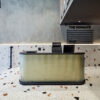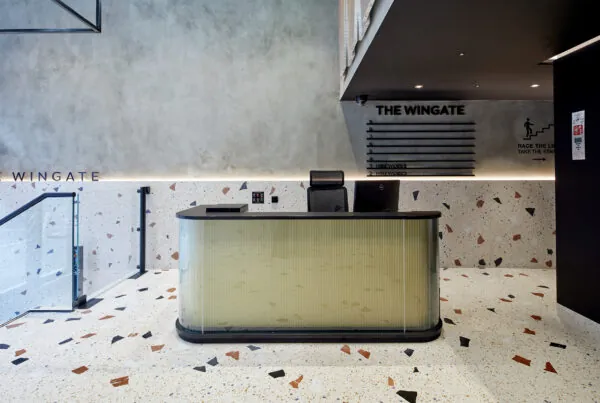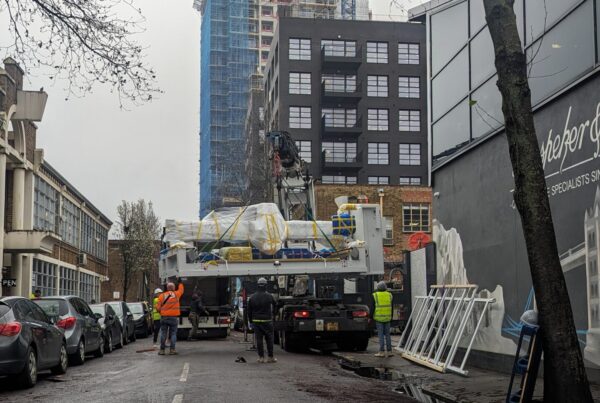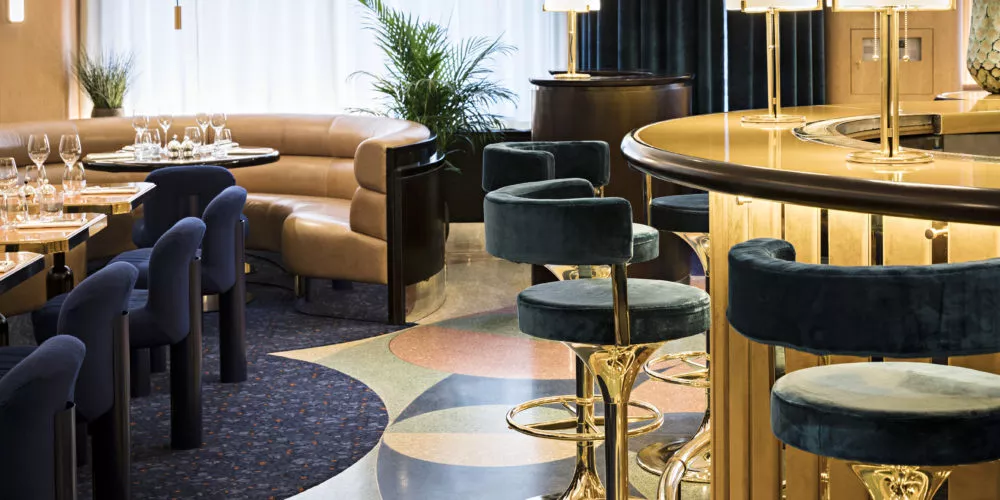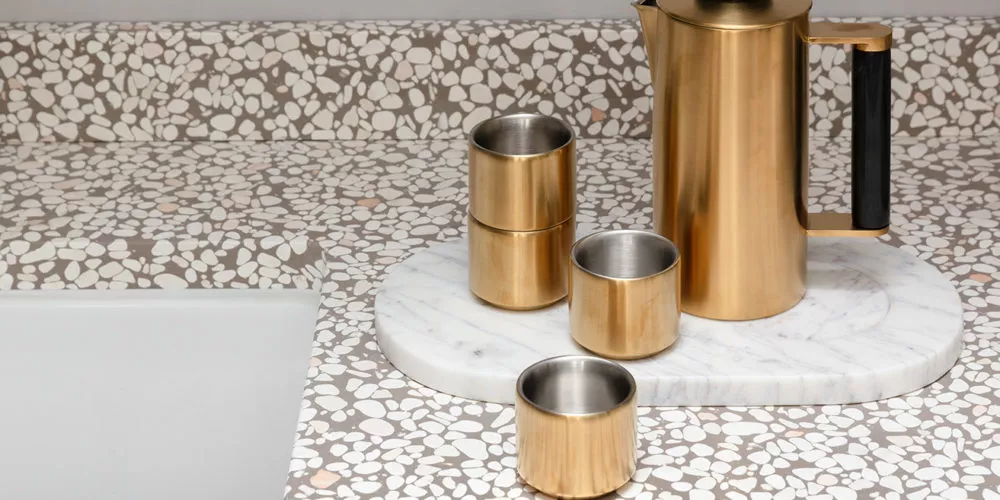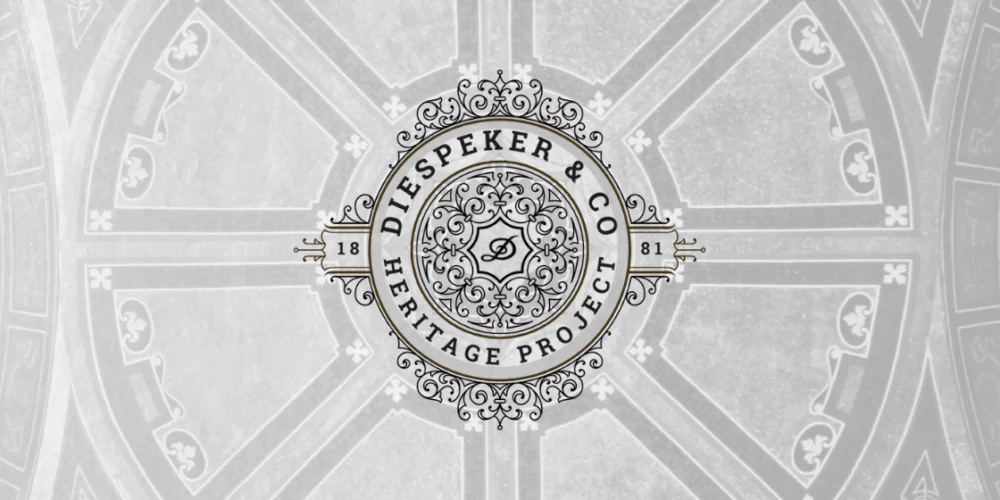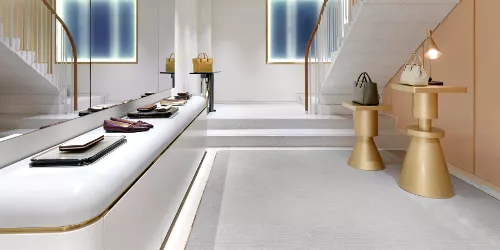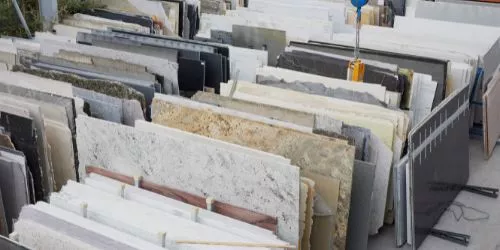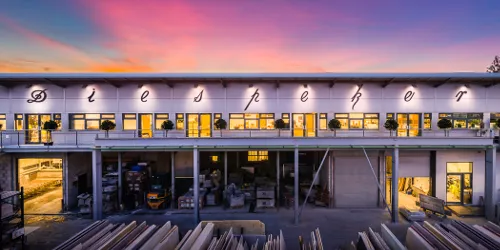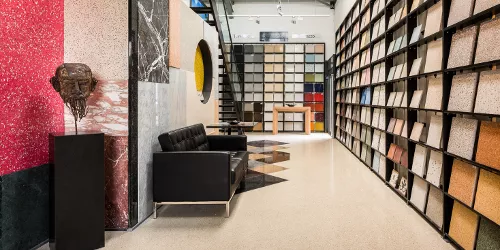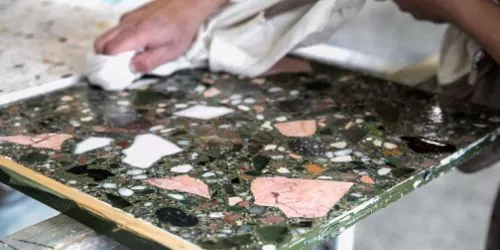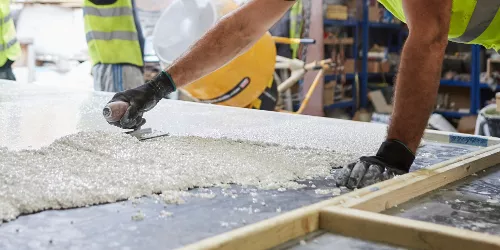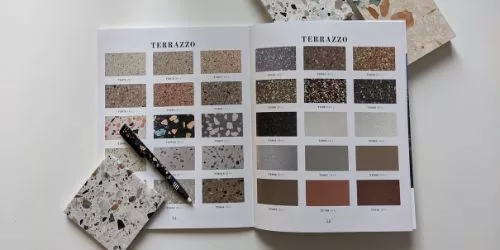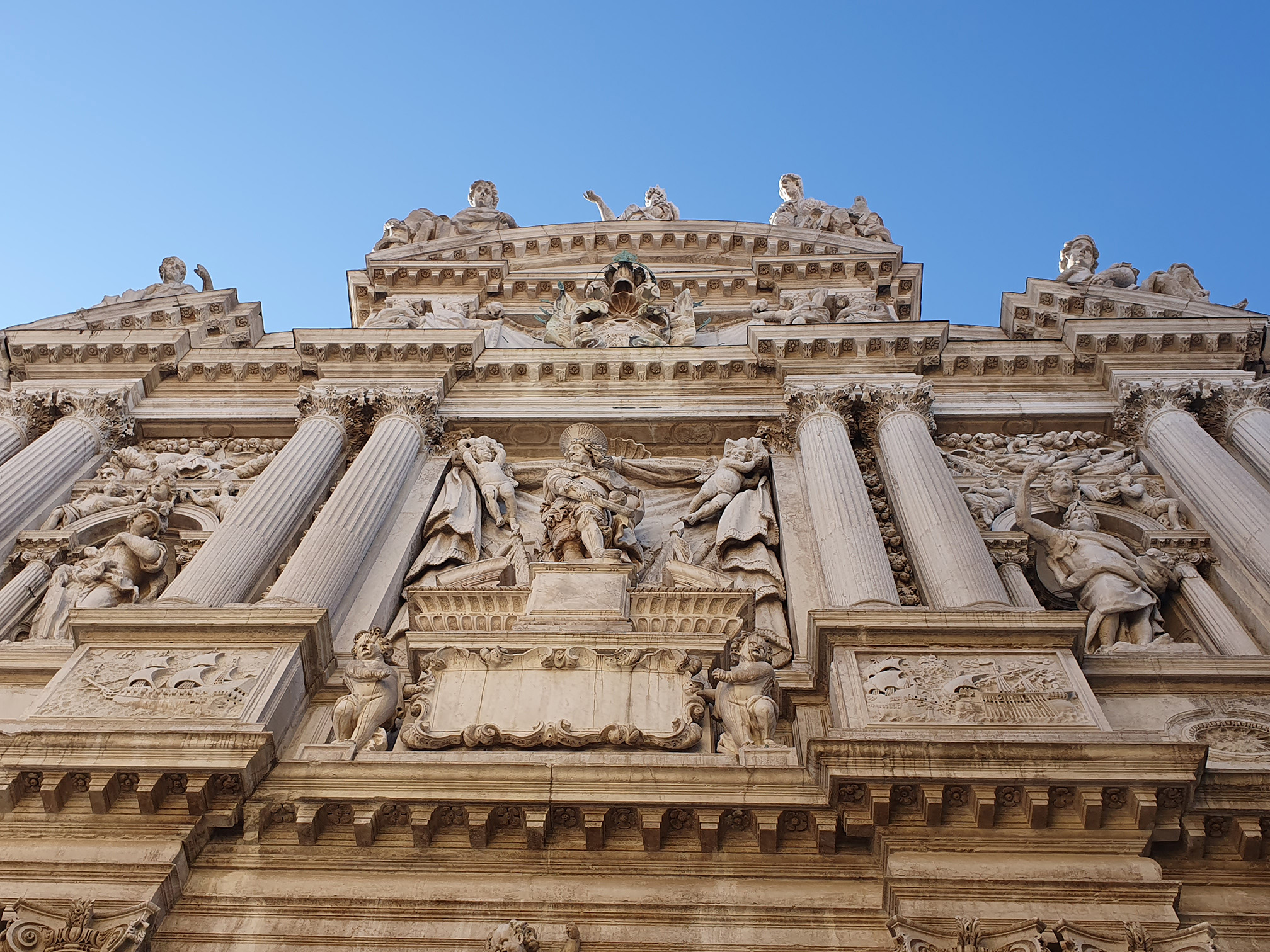
Marble in Venice
Marble quarried from surrounding regions is much in evidence, finding a natural home in the many opulent palaces, grand churches and historic structures.
There’s a diverse variety of marble on view everywhere in Venice. The city’s architects used different marbles to create different characteristics and visual appeal. For example, Carrara marble, known for its brilliant white hue and fine grain, was a favourite choice for sculptors and widely used in creating intricate statues and reliefs. Neoclassicist sculptor Antonia Canova used Carrara often. Amongst his best known works are The Three Graces and Perseus Triumphant. An incredibly impressive marble pyramid tomb in the basilica di Santa Maria Gloriosa dei Frari in the San Polo district of Venice is, macabrely, the resting place for Canova’s heart.
Rosso Verona, a distinctive red marble quarried near Verona has rich, warm tones which contrast beautifully with white and cream-colored stones, creating a striking visual impact. In St Mark’s Square are two magnificent lions sculpted in the eighteenth century from this marble; they frequently feature in tourist selfies.
For the most spectacularly ornate marble, visit I Gesuite, aka the church of Santa Maria Assunta in Campo dei Gesuiti, found not far from the Fondamenta Nuove. The amazing green and white brocades are not actually textile, they’re inlaid marble. Almost every surface of this church has some form of marble in evidence, including a carved marble in front of the high altar, designed to look like carpet.
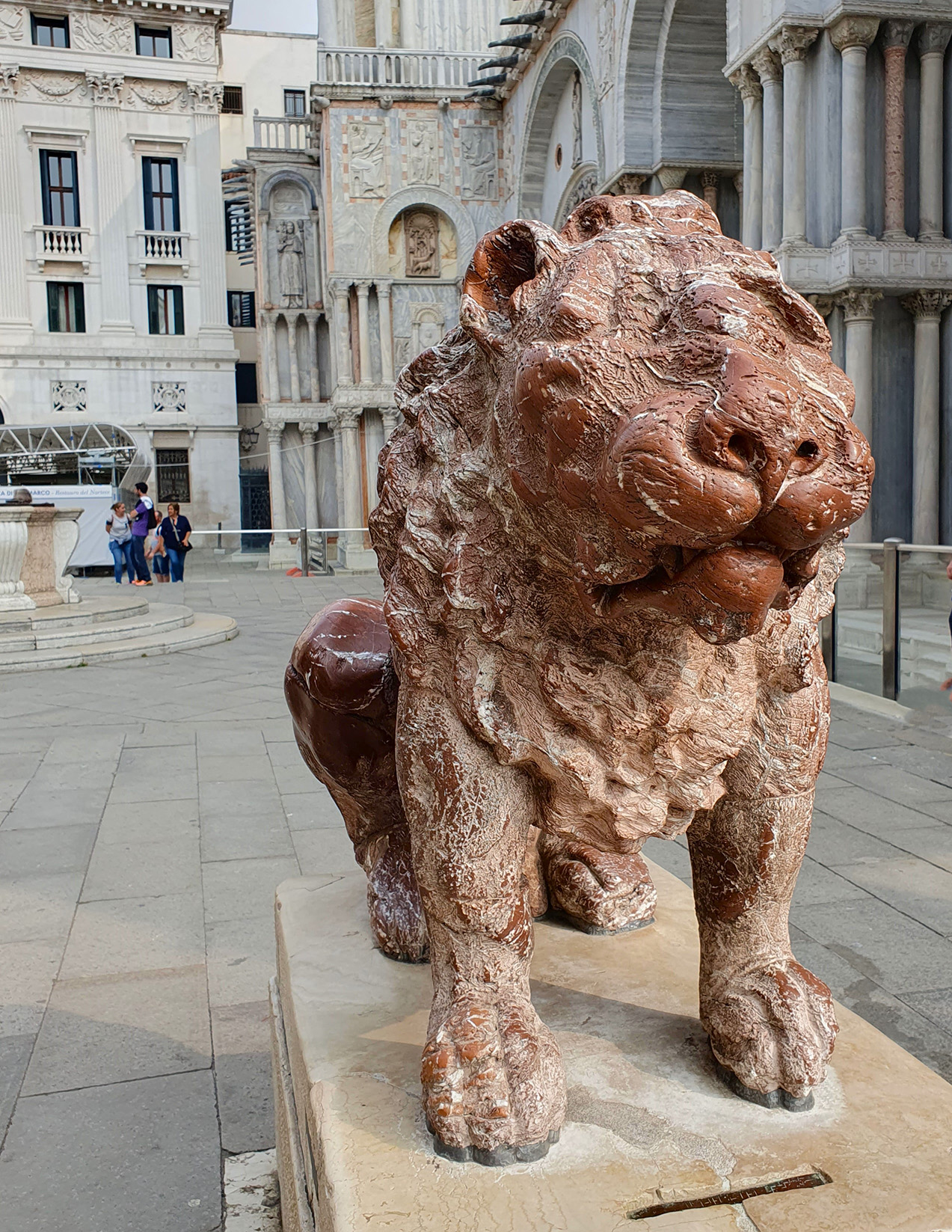
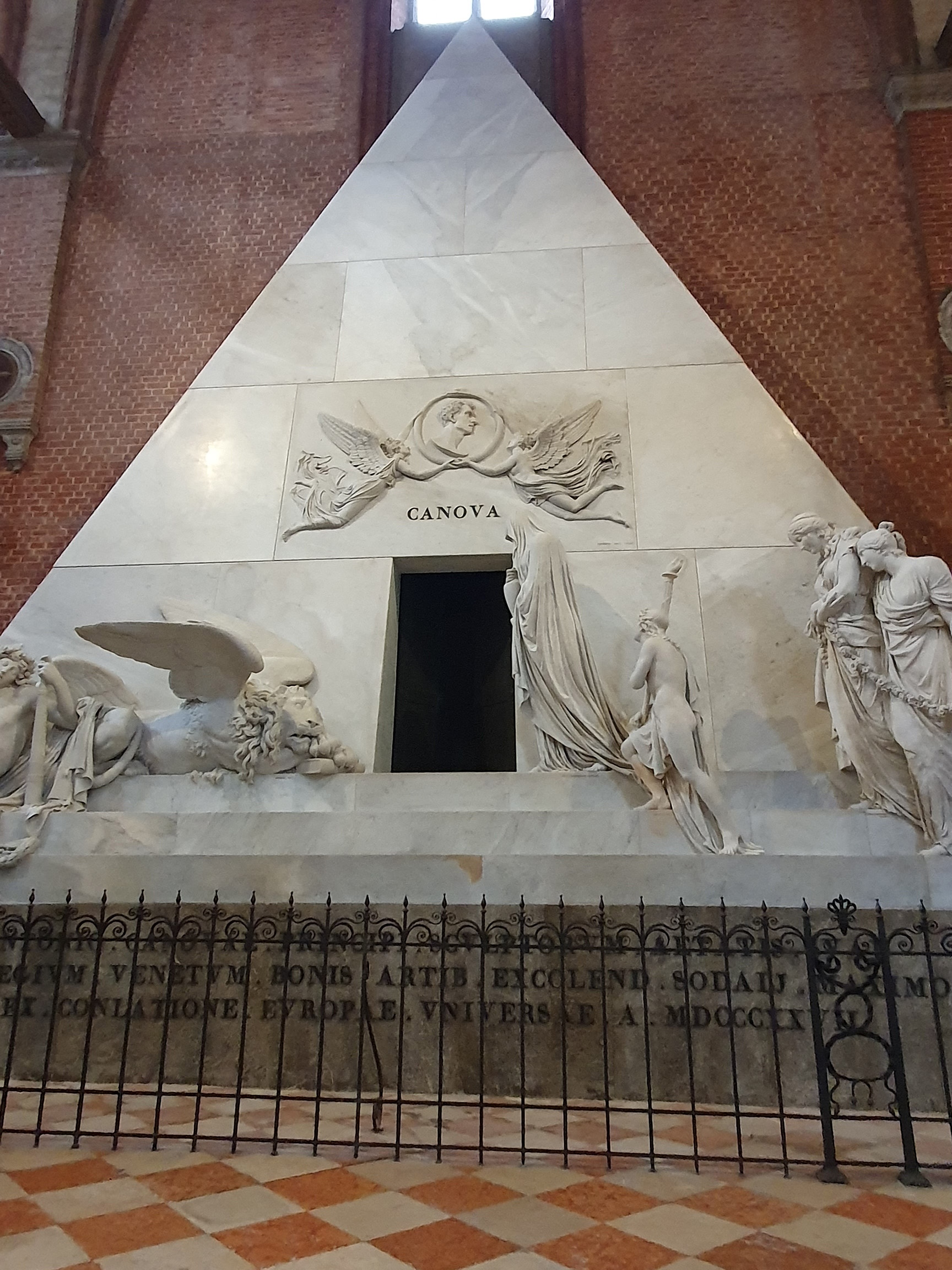
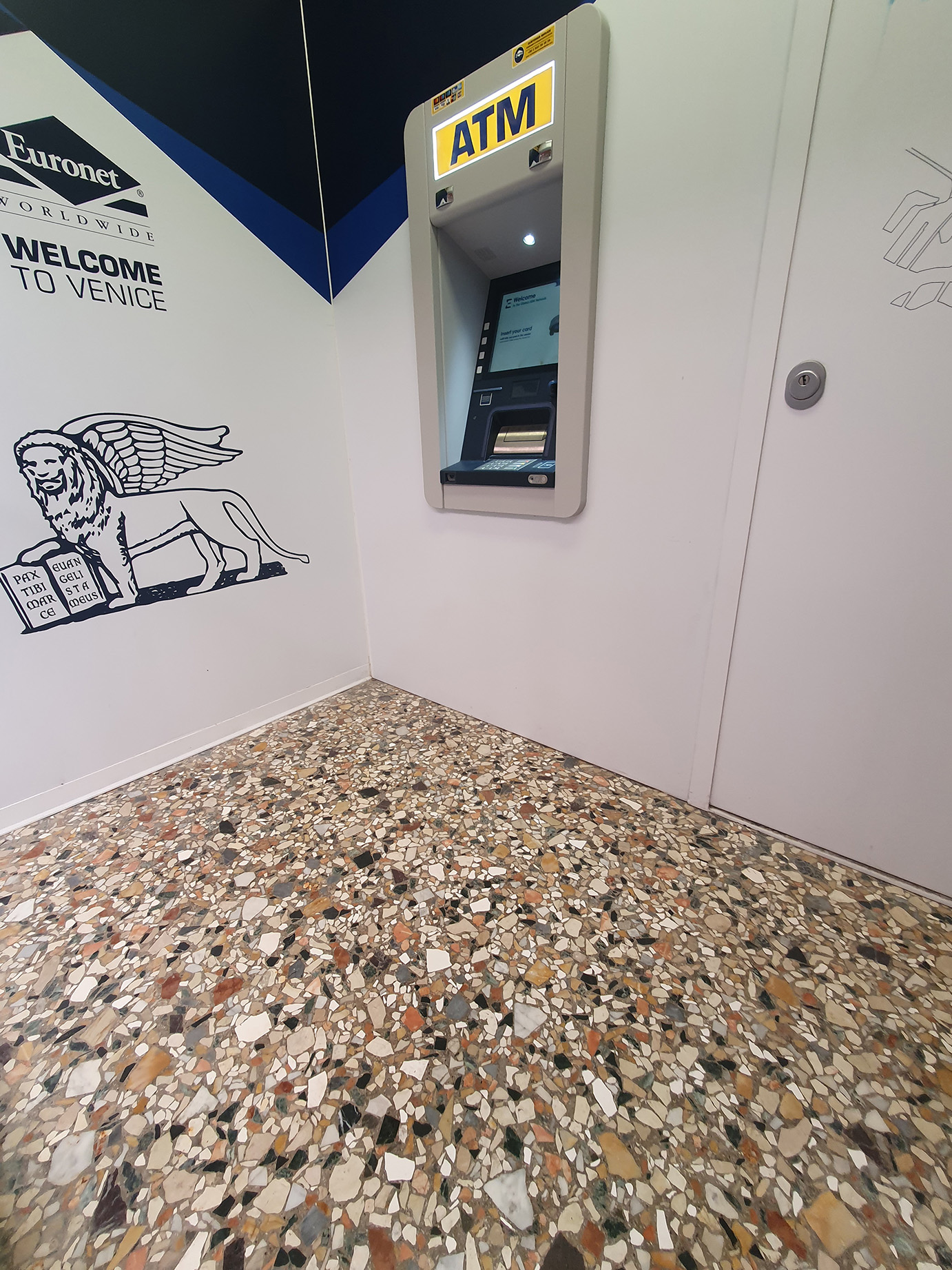
Terrazzo in Venice
Terrazzo has been a feature of Venice for around 500 years. Tradition in our industry has it that terrazzo was invented by Italian quarrymen as a way of creating floors using stone offcuts, then later used as an economical alternative to costly marble, And indeed, Venetian artisans got creative in designing surfaces that that were as elegant as they were practical.
Like marble, terrazzo is in evidence everywhere across the city, in shops, hotels and restaurants. When you’re visiting the Peggy Guggenheim gallery, for example, if you can tear your eyes away from the Picassos and the Pollocks, take a look at the floor for a moment. Even some of the ATMs in Venice have stunning terrazzo floors – now that’s what we call flawless style.
For us, it was a treat to see one particular terrazzo. In St Mark’s Square is the Olivetti Showroom, which was designed by Carlo Scarpa in the 1950s. Restored to its glory in 2011 and now a boutique museum open to the public, the building is home to vintage Olivetti typewriters and artworks. But it’s a particular Carlo Scarpa floor that’s of interest. Diespeker recreated the style for London restaurant Fucina in 2016, a painstaking installation that required marble shapes to be set in place before terrazzo was poured over. Seeing the actual floor this was based on made us realise that we’d pretty much matched the beautiful original design.
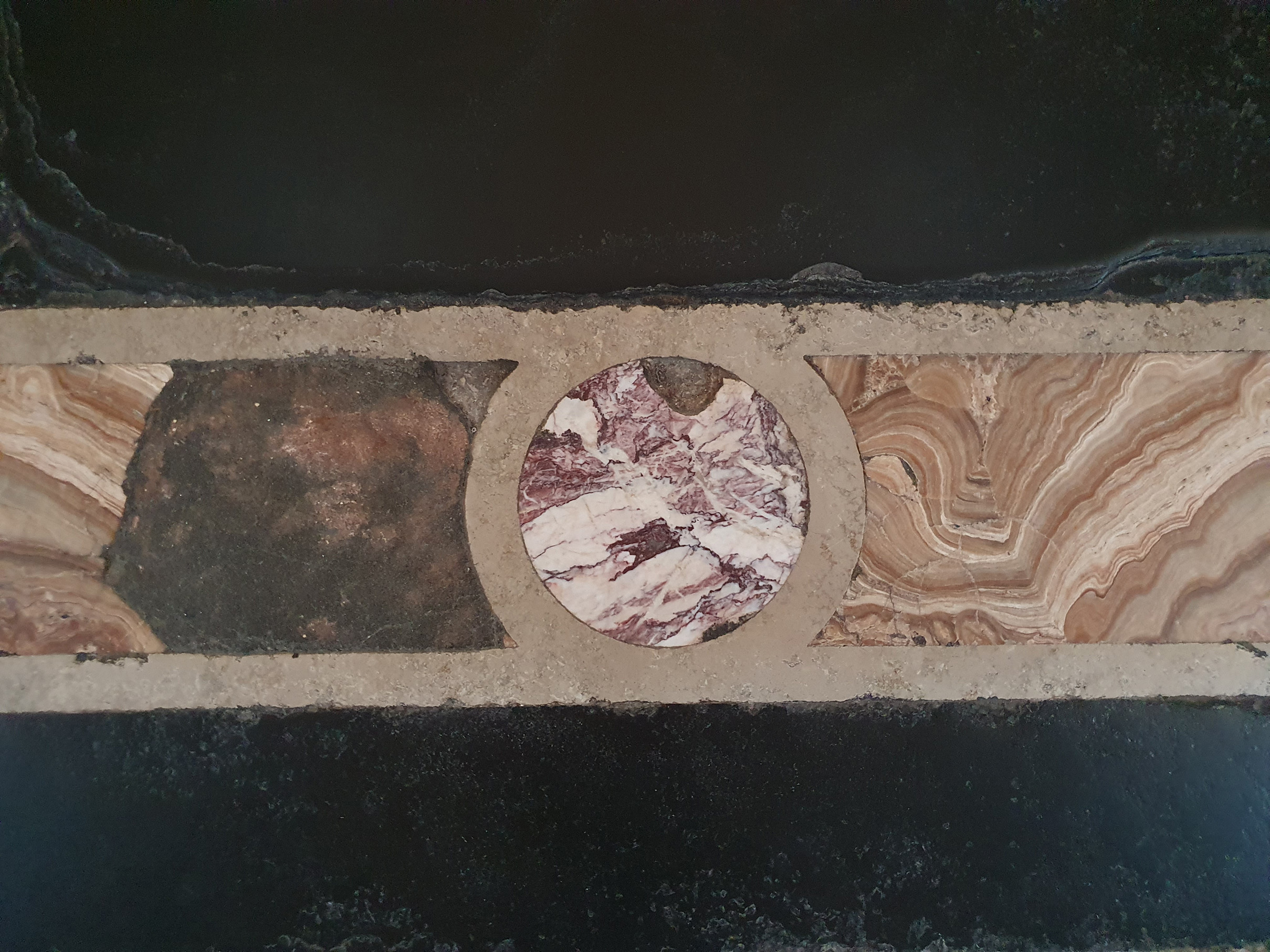
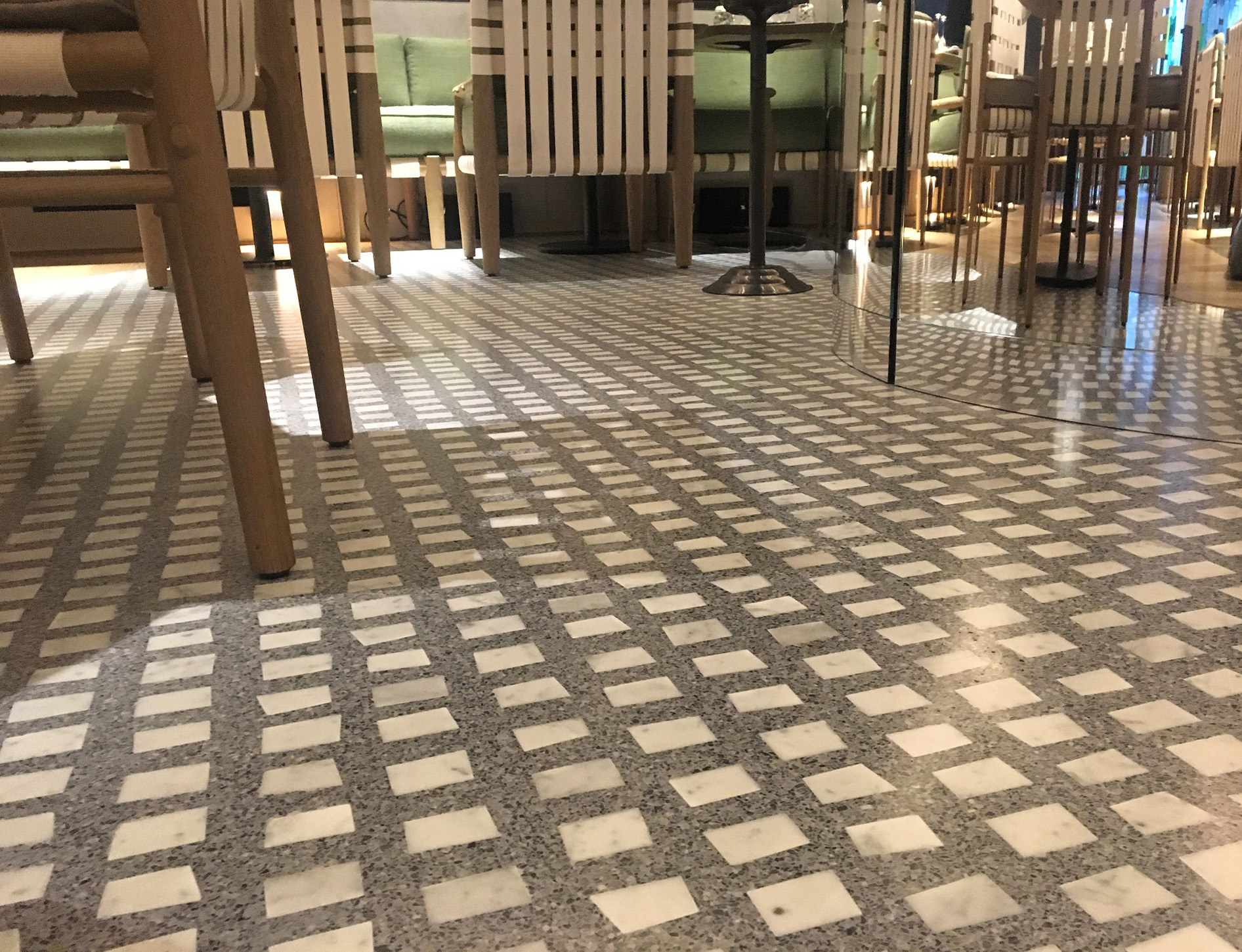
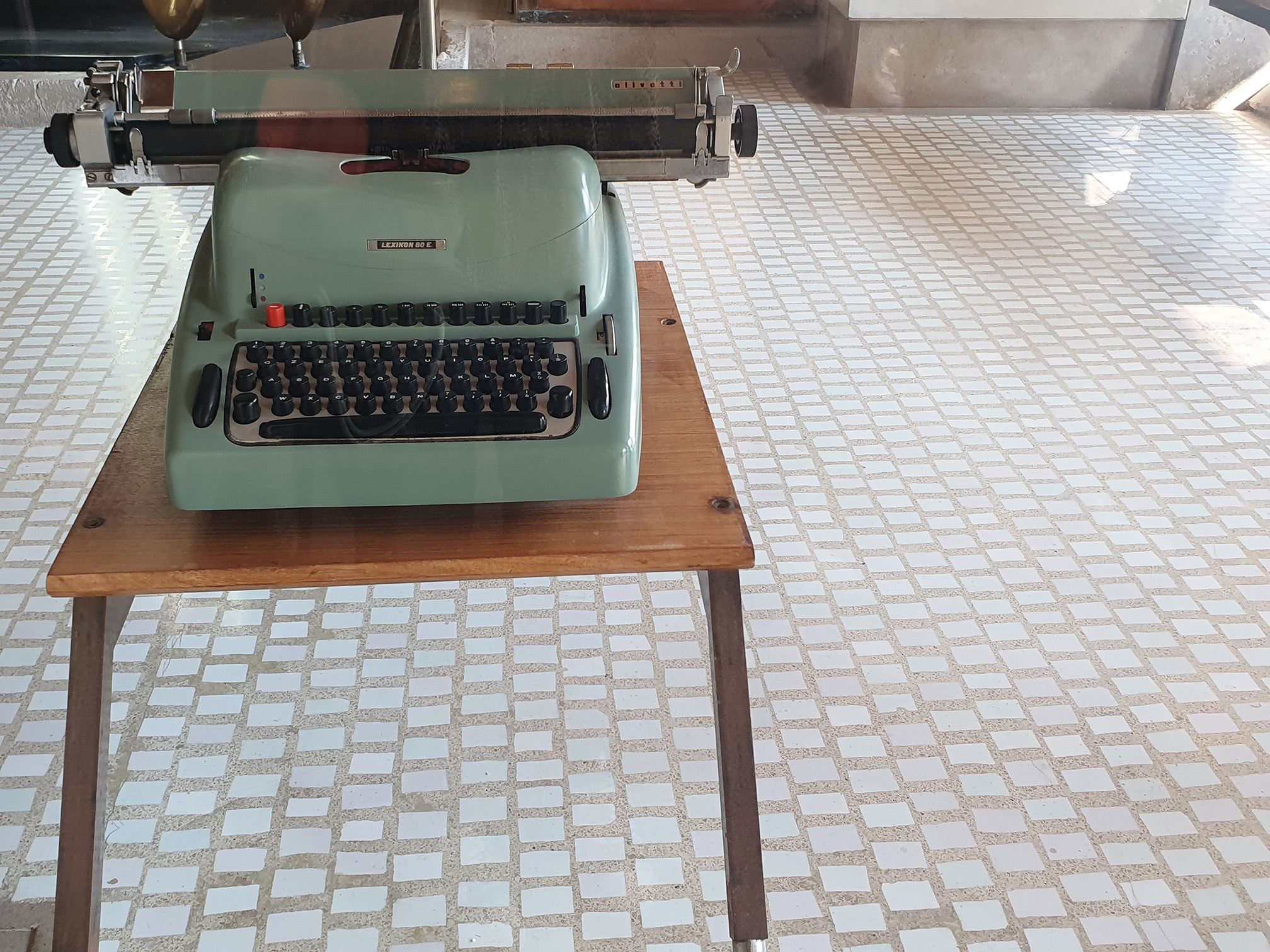
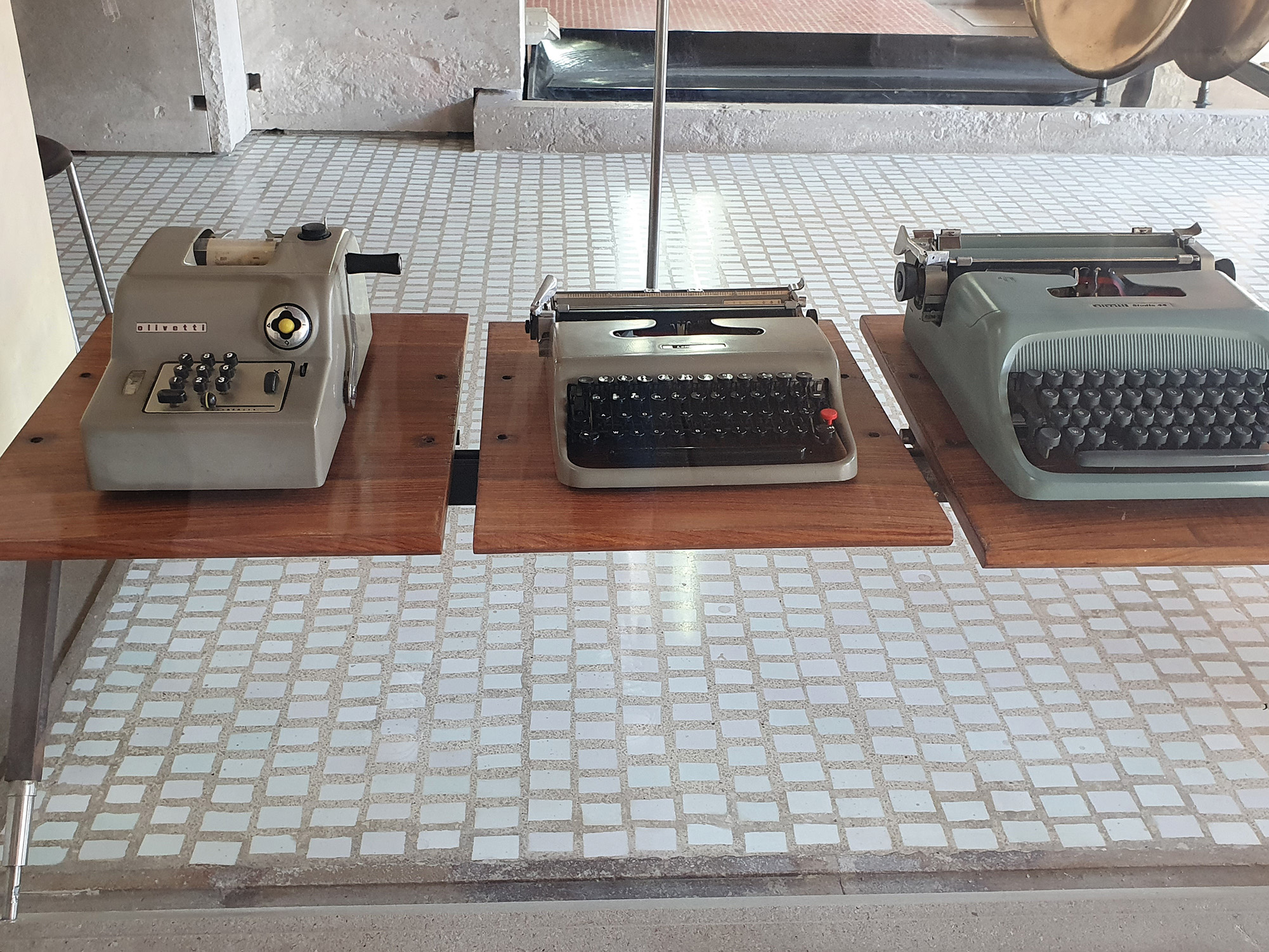
Marble and terrazzo conservation
For both marble and terrazzo in Venice, conservation and restoration are of the utmost importance. Venice has around 30 million visitors each year, that’s a lot of footfall. It was clear on our visit that there’s masses to keep on top of. Multiple marble tiles and terrazzo floors showed wear and tear, cracks and crazes – our restoration team would have a field day in Venice. In St Mark’s Square, areas are fenced off for repairs, and all across the city there’s constant maintenance going on.
The city pays out millions for this work, mitigated somewhat by a tourist tax for those who stay for a few days.
It’s always fascinating to visit a city where the materials we work with every day are simply part of fabric of life. But also wonderful to see how many visitors enjoy this heritage. We hope that at least some of our work is around in 500 years’ time!




